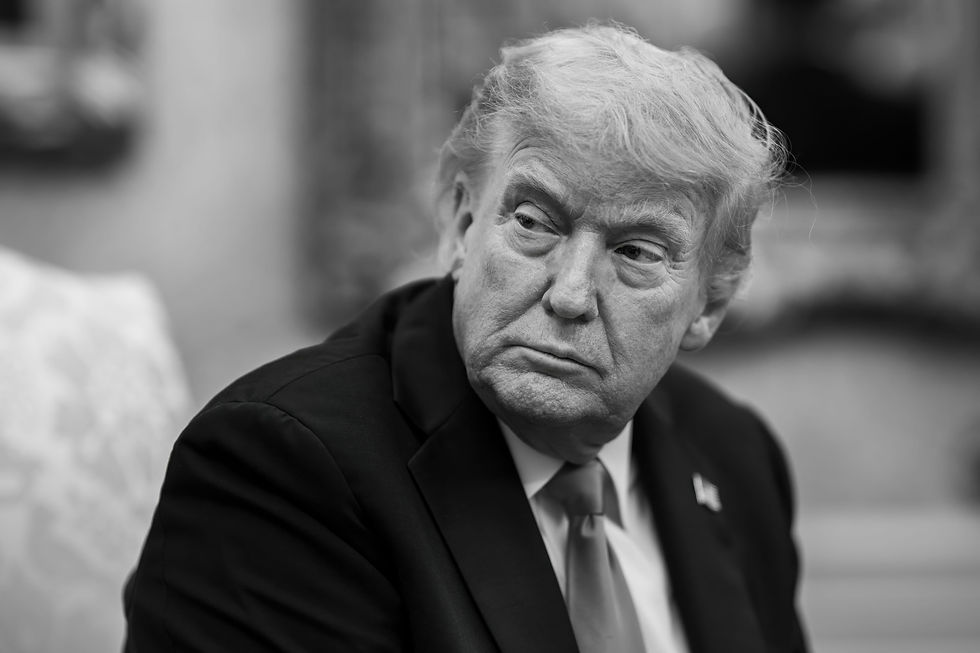Supreme Court Pauses SNAP Funding Order, Sends Case Back to Appeals Court
- CUBNSC

- 5 days ago
- 3 min read

By Javar Juarez | CUBNSC | November 8, 2025
On Friday evening, Supreme Court Justice Ketanji Brown Jackson issued an administrative stay, temporarily pausing a lower-court order that required the Trump administration to fully fund November SNAP benefits during the government shutdown. The paused order, issued by U.S. District Judge John J. McConnell Jr. of Rhode Island, had directed the administration to ensure full payments for roughly 42 million Americans by the end of the week.
This stay is not a ruling on the merits of the case. It is a short-term procedural step that allows the First Circuit Court of Appeals to complete its review — something that court can do faster than the Supreme Court could on its crowded docket. Justice Jackson’s decision effectively hands the matter back to the appellate judges for a full ruling, while preserving the status quo in the meantime.
Supreme Court Issues Stay: What This Means for SNAP Recipients
At issue is between $4 billion and $5.25 billion in food assistance for November. Without the lower-court order, states have warned that benefits could be reduced or delayed, impacting millions of low-income households during the ongoing shutdown.
Judge McConnell’s earlier decision faulted the administration for failing to use contingency funds Congress specifically set aside for emergencies like this. The administration argues that budgetary constraints caused by the shutdown limit its ability to issue full payments.
By temporarily granting the stay, Justice Jackson allowed the government to continue distributing partial benefits until the appellate court rules. She also directed the First Circuit to act “with haste,” signaling her expectation that the issue be resolved quickly so that families are not left waiting for critical support.
Understanding the Legal Posture
An administrative stay is not a final judgment — it’s more like a “pause button” while judges decide whether to take a case or let a lower court handle it. Such stays are common when time-sensitive funding or emergency orders are involved.
The First Circuit, which has already declined the Trump administration’s previous request to block the funding order, will now consider the case in full. Depending on that ruling, either side could return to the Supreme Court for further review.
For now, the stay simply freezes the district court’s order — neither permanently reversing it nor affirming it. In effect, this means the court did not side with Trump, but rather gave the lower court space to deliver a complete and timely decision.
Political Crosscurrents
The court dispute unfolds against the backdrop of a prolonged government shutdown, with partisan blame traded across the aisle. Republican leaders have argued that Democrats are obstructing a resolution by demanding a one-year extension of health-care subsidies; Democrats counter that the extension would stabilize coverage for millions and reopen the House to swear in newly elected members.
One of those members-elect, Adelita Grijalva of Arizona, has faced a weeks-long delay in being sworn in — a delay Arizona’s Attorney General has formally challenged. Some political observers have linked that delay to efforts in the House to force a vote on releasing Epstein-related federal records.
The broader truth is that SNAP recipients — not politicians — bear the heaviest burden of Washington’s gridlock. For families who rely on these benefits, each day of delay means real uncertainty at the dinner table.
What Happens Next
The First Circuit Court of Appeals is now the central player. If it upholds Judge McConnell’s ruling, full SNAP benefits could resume quickly; if it reverses him, the issue may go back to the Supreme Court for a final decision.
Either way, Justice Jackson’s move ensures the appeals court has the first say — a procedural safeguard that, in practical terms, may speed relief rather than delay it.
For now, the Supreme Court’s involvement should not be misread as approval for withholding food aid. Rather, it’s a reminder that the judiciary still operates within a system of checks and balances — one where due process, not political pressure, determines whether 42 million Americans will receive the help they’ve been promised.



Comments